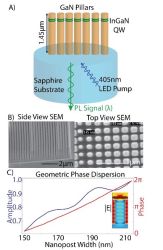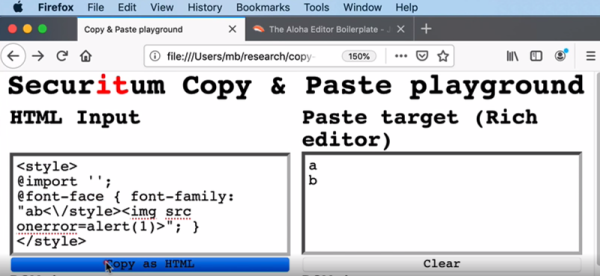A process design kit (PDK) is a by now fairly standard part of any transformation of a new chip design into silicon. A PDK describes how a design maps to a foundry’s tools, which itself are described by a DRM, or design rule manual. The FOSSi foundation now reports on a new, open PDK project launched by Google and SkyWater Technology. Although the OpenPDK project has been around for a while, it is a closed and highly proprietary system, aimed at manufacturers and foundries.
The SkyWater Open Source PDK on Github is listed as a collaboration between Google and SkyWater Technology Foundry to provide a fully open source PDK and related sources. This so that one can create manufacturable designs at the SkyWater foundry, that target the 130 nm node. Open tools here should mean a far lower cost of entry than is usually the case.
Although a quite old process node at this point (~19 years), it should nevertheless still be quite useful for a range of applications, especially those that merge digital and analog circuitry. SkyWater lists their SKY130 node technology stack as:
- Support for internal 1.8V with 5.0V I/Os (operable at 2.5V)
- 1 level of local interconnect
- 5 levels of metal
- Inductor-capable
- High sheet rho poly resistor
- Optional MiM capacitors
- Includes SONOS shrunken cell
- Supports 10V regulated supply
- HV extended-drain NMOS and PMOS
It should be noted that use of this open source PDK is deemed experimental at this point in time, and should not be used for any commercial or otherwise sensitive applications.
Header image: Peellden/ CC BY-SA 3.0







 In
In 









